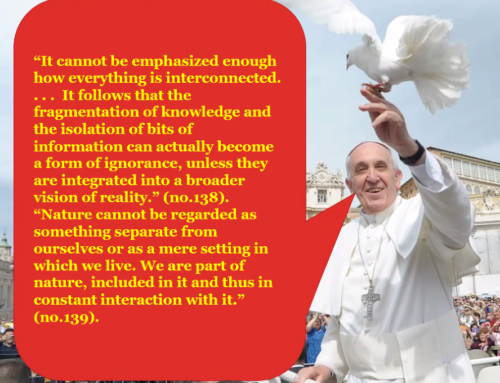Abstract
This paper describes various examples of blatant attempts to suppress and censor parapsychology research and those who are doing it. The examples include raising false accusations, barring access to journals, suppressing papers and data, and ostracizing and persecuting scientists interested in the topic. The intensity of fear and vituperation caused by parapsychology research is disproportionate even to the possibility that the psi hypothesis could be completely wrong, so I speculate on the psychological reasons that may give rise to it. There are very few circumstances in which censorship might be appropriate, and the actions by parapsychology censors put them at odds not only with the history of science but with the history of modern liberal societies. Appendix 1 is an Editorial censored by the then-editors of the Journal Frontiers in Human Neuroscience.
Introduction
One can only pray, even if in a secular prayer, that as the great scientist and philosopher Giordano Bruno had his tongue and palate pierced by an iron gag before being burned alive in 1600 by the inquisitors for daring to speak his mind, he could sense the “every human love” in the midst of the “pedantic boring cry” of his executioners, as W. H. Auden would wish us all in his 1937 poem Lullaby. In some countries (and the extraordinary rendition program instigated by the USA and in which 54 other countries colluded to extrajudicially abduct and sometimes torture detainees suggest how few, cf. Fisher 2013), blissfully, the instruments of torture have rusted and are now only curiosities in morbid museum collections. But the itch to silence those whose opinions we disagree with, applied centuries ago against scientists of the stature of Bruno, Galileo, and others, has spread, ironically, to scientists themselves, and there are few cases as blatant as those involving the topic of parapsychology. In this paper I will discuss how most cases of scientific censorship ultimately betray a profound distrust of the scientific process, cover briefly a few noticeable cases going into detail about one, and append an Editorial censored by two editors of Frontiers in Human Neuroscience (see Appendix 1).

